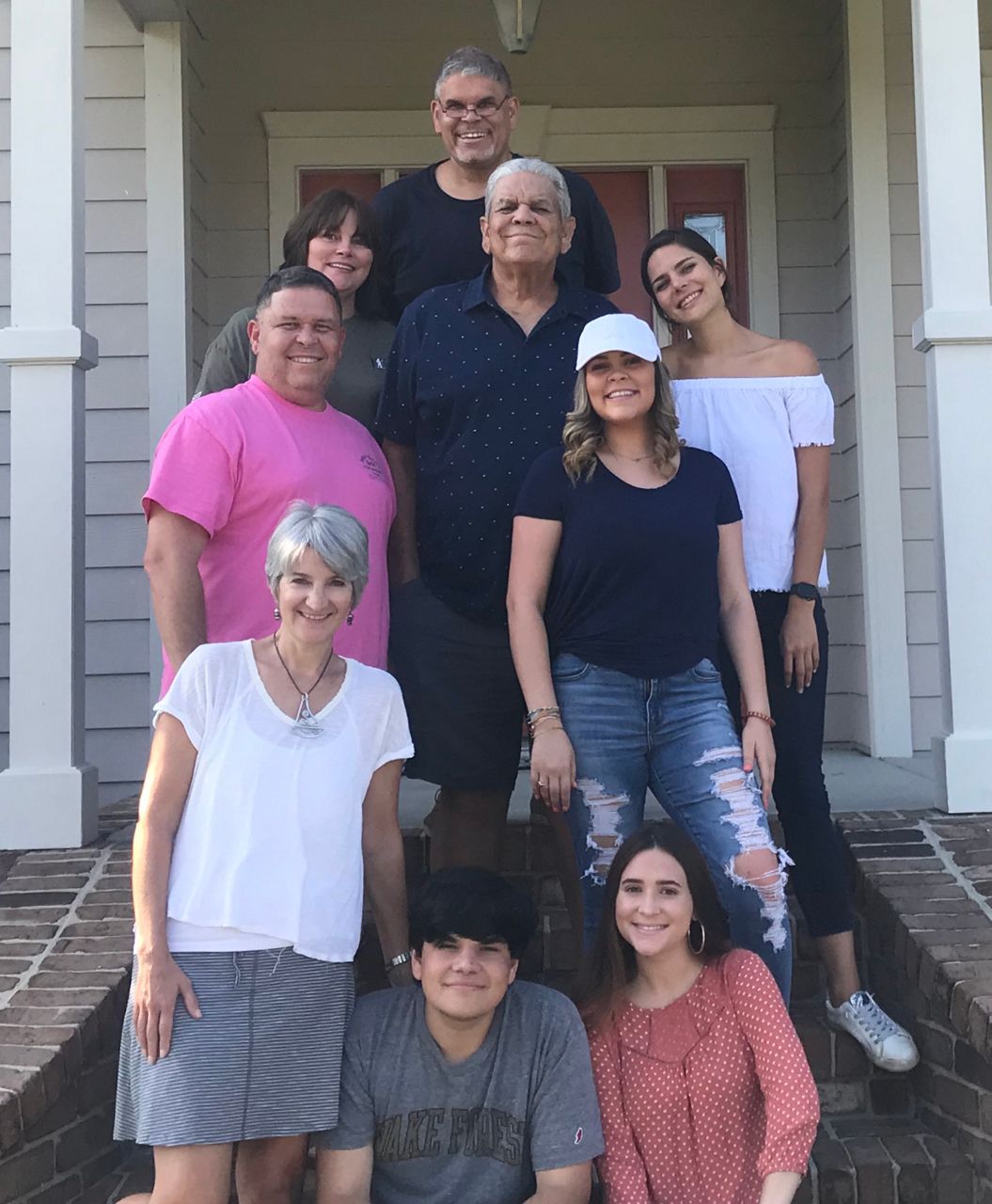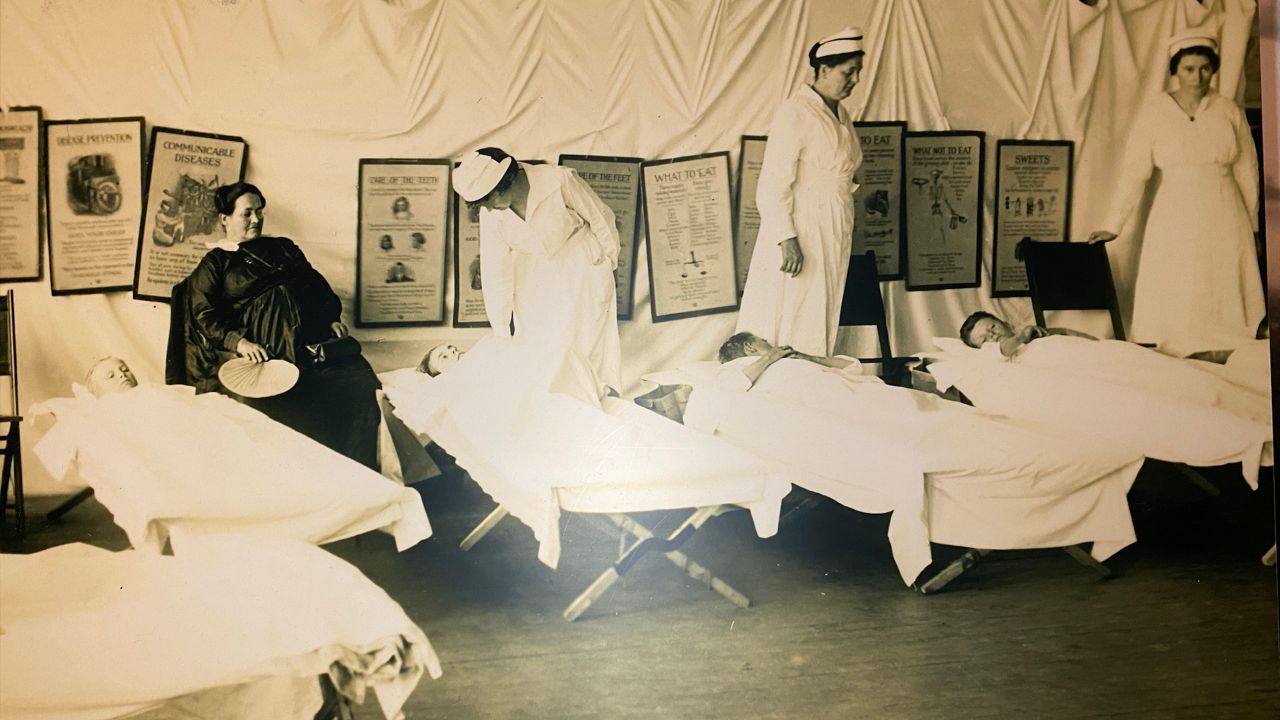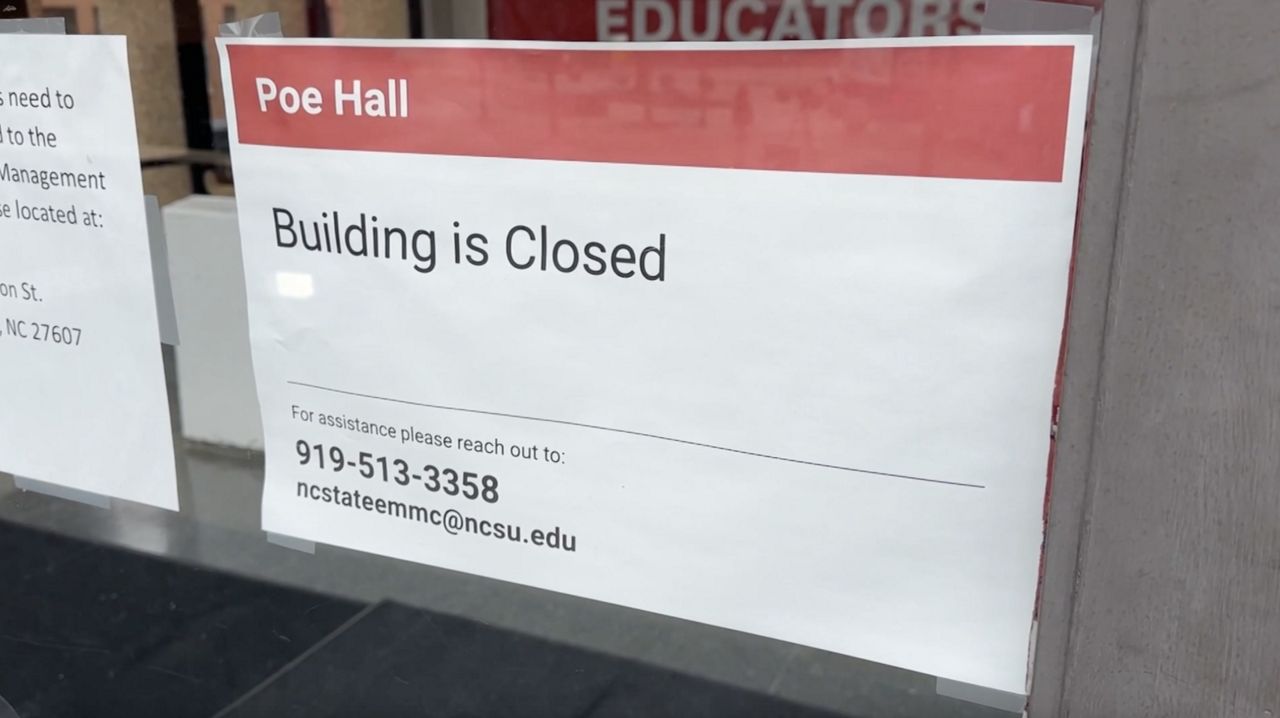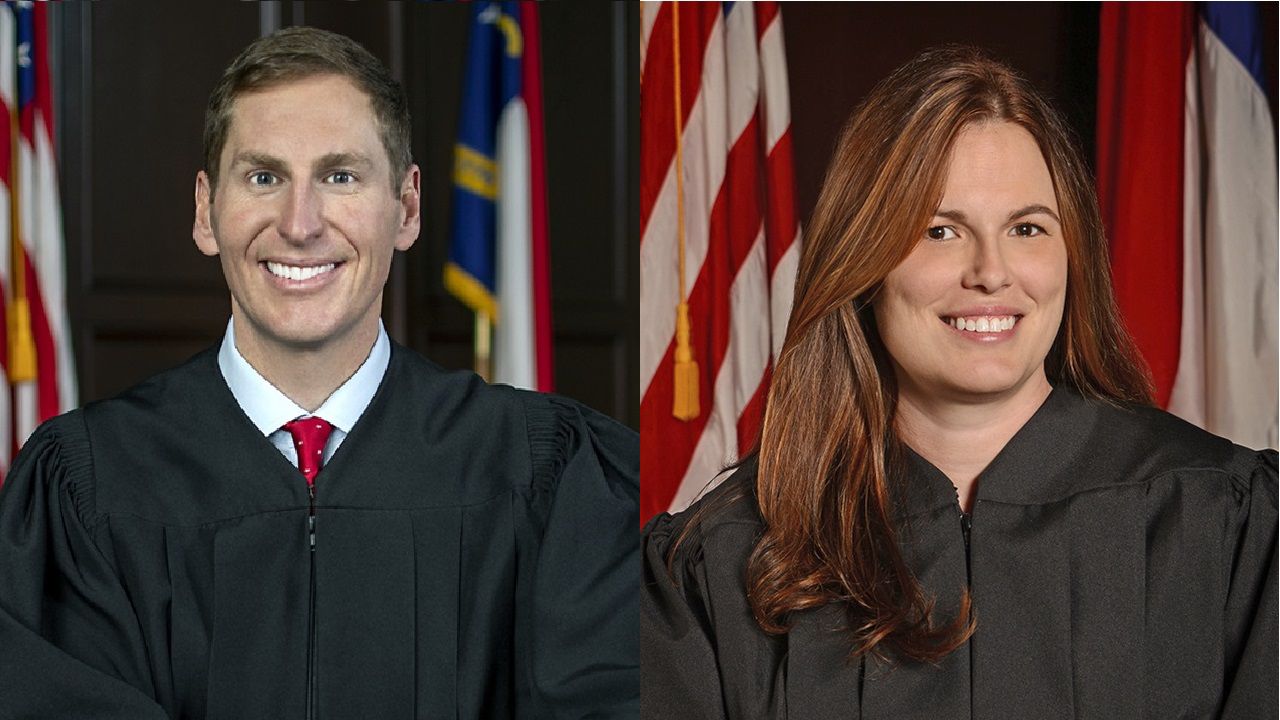PEMBROKE, N.C. – A man who lost his father to COVID-19 last year said he misses their conversations most of all.
- The U.S. COVID-19 death toll this week surpassed the 1918 flu pandemic's total of 675,000
- More than 16,000 North Carolinians have died from COVID-19, compared to more than 13,000 in the 1918 pandemic
- Historians say today's public health orders echo those enacted to stem that pandemic
When Gary Strickland Sr. died of COVID-19 in early September of last year, he became one of more than 16,000 North Carolinians to die in the 21st century's deadliest pandemic. Since then, his son, Gary Stickland Jr., has sent his youngest daughter to college while his oldest had her first child in the spring.

“I know he would have really enjoyed that part of life,” he said. “And still a lot of missing. Just conversations. He always worked scripture into it, which, that was his niche, and I love it also. And it always gave guidance when he was doing it.”
As of Friday afternoon, the CDC's official death toll for the COVID-19 pandemic sat at 682,646. That's more than all of the combat deaths in all of the wars the United States has ever fought. It also exceeds the death toll from the 1918 flu pandemic, popularly known erroneously as Spanish Flu, though that pandemic exacted its toll on a much smaller population.
N.C. Museum of History Curator Raelana Poteat said the flu pandemic's second wave in October of 1918 took a heavy toll on the state, with many patients dying within 48 hours of first developing symptoms.
“Within a week, 500 people had the flu in Wilmington. The hospital was overrun,” she said of the first cases. “It then spread across the rest of the state, particularly going along the (present day) I-85 corridor, that was where the railroads ran at the time.”

Poteat said North Carolina's response to that pandemic was quite similar to today. Like Gov. Roy Cooper a century later, Gov. Thomas Bickett urged people to stay home when possible and keep their distance from each other, though he stopped short of the statewide orders Cooper enacted early in the COVID-19 crisis. Face masks became a common sight and pharmaceutical manufacturers ramped up production.

In the case of the COVID-19 pandemic, the pharmaceutical industry's efforts meant three viable vaccines entered production less than a year after the SARS-CoV-2 virus was first discovered. The vaccines arrived too late to save Gary Strickland Sr., but Gary Jr. made a point to get vaccinated.
“I don't want to get sick. I have a lot of responsibilities for a wife, two daughters, now a grandchild,” he said. “I think it is one of those things that, if I can be better prepared for the future with the vaccine, I believe in it.”
When the 1918 pandemic was over, Poteat said it left a permanent mark on North Carolina. She said many hospitals at the time were run out of homes, particularly in rural areas, so state lawmakers invested in much larger hospitals to deal with a future pandemic. She said the COVID-19 pandemic will leave long-term impacts of its own, though it's too soon to say what shape they might take.
Strickland said he can already guess one major long-term change from the pandemic: the use of technology to reduce face-to-face interactions. A life insurance agent by trade, he said the practice of more virtual meetings likely is here to stay. Still, he said one thing that can't be replaced is the importance of family, especially after a loss.










